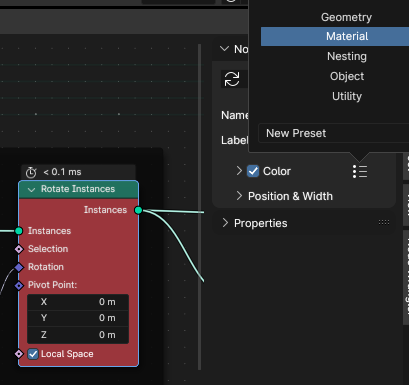For geometry nodes, I am not aware how a language would work. As of writing a Python geometry node? In a sense that you would be able to pack dozens of Python code into a single node, thus hitting a good balance between low-level code and high-level editing capabilities.
For Shaders, this is somehow a bit no-go. As I have mentioned it to Blender developers a few times, there is not a clear strategy how this would be done in a correct and proper way (x GLSL = depricated / √ Vulkan Shaders / ? Metal OSX Shaders).
Based on what I have figured out is that you have to bypass Blenders features and slide your own code to handle the rendering, you write your own “shader” using Python. Say that you plot the pixels to the pixel data directly (but is slow), or use a Python-OpenGL (Python-SDL) backend in order to perform rendering operations, then again you send the pixels of the render buffer to the Blender texture data.
